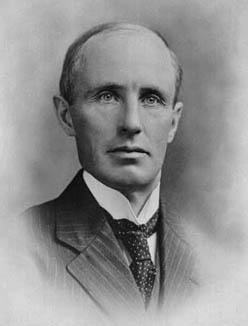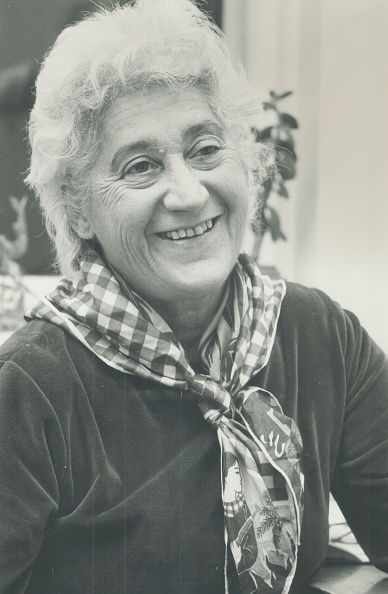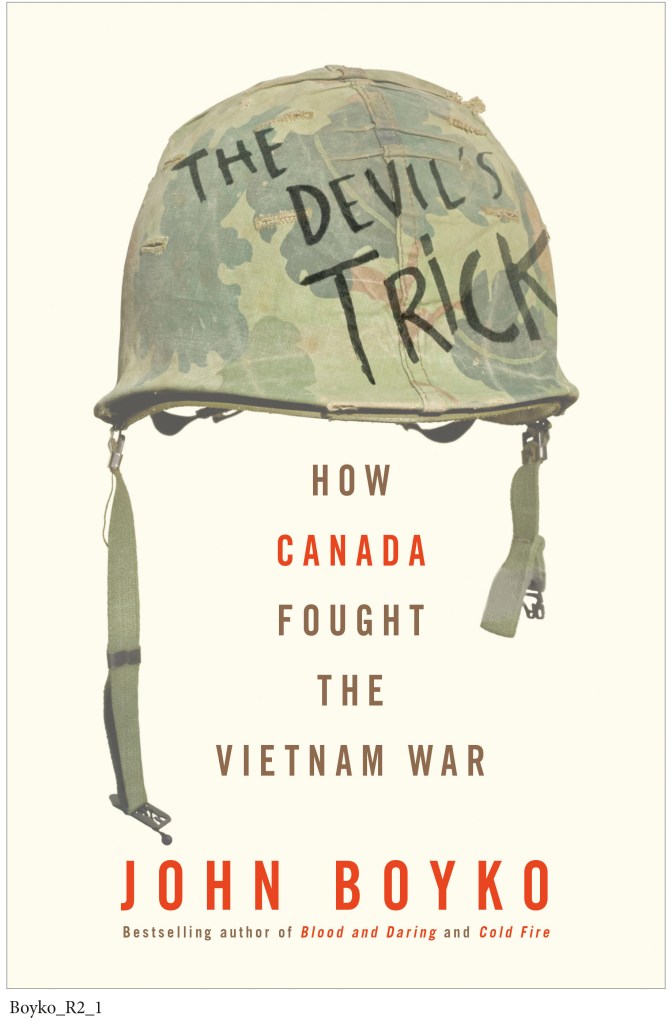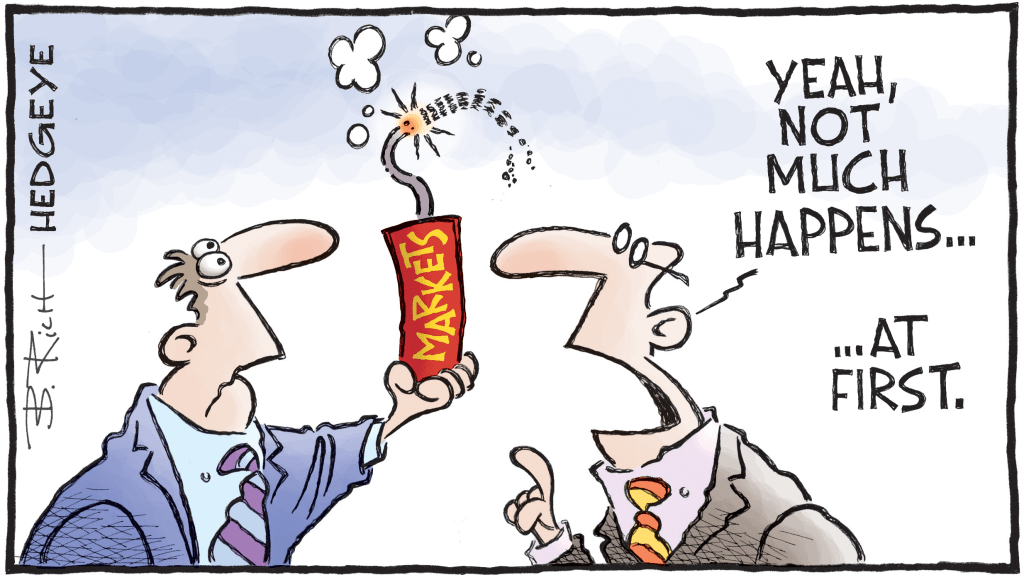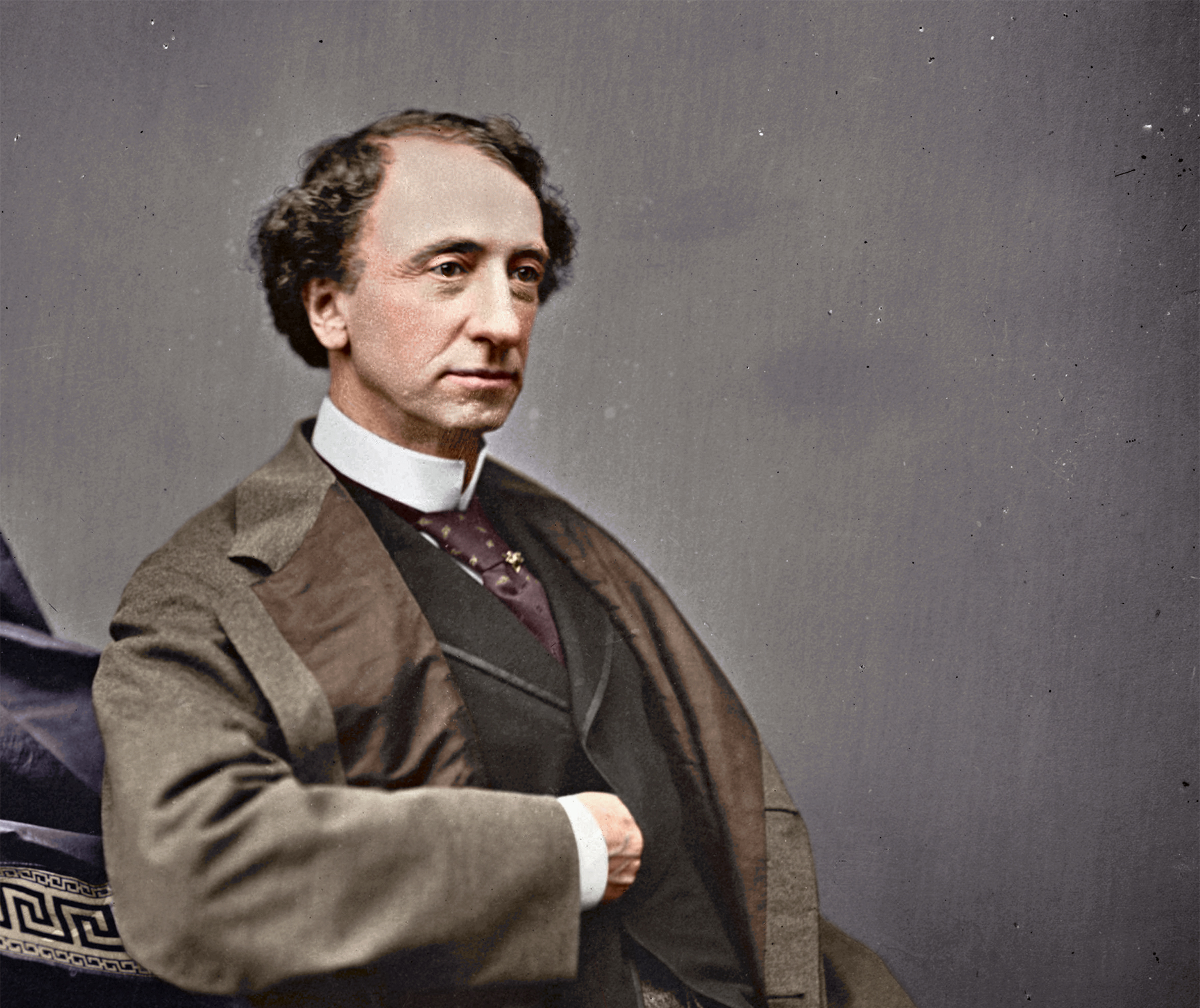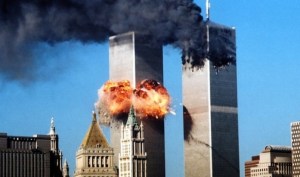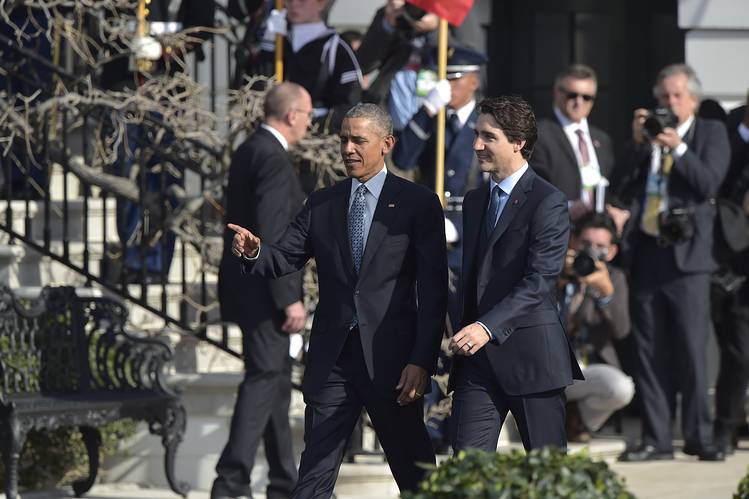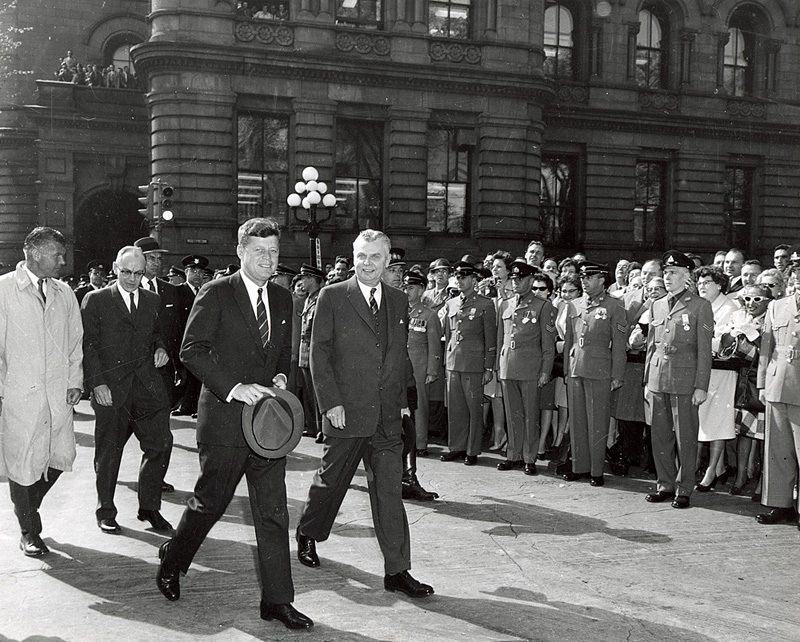Today is the 44th time we have gone to the polls to create a new parliament. Today, power shifts from them to us. Candidates preen and promise; glad-hand and grandstand, while the media shines its light on orchestrated pictures and silly distractions. But it’s our moment. In the end, when it counts, what counts is us. We decide.
Today’s election matters because all elections matter. All campaigns reveal and some change who we are. Where we place our X later this month will determine a host of issues that will shape our future including how we emerge from a pandemic still wracking the world and the climate crisis that may wreck it. But this election could do even more than that.
Let’s pause to ponder our moment by considering Canada’s three most important elections and the lessons they offer.
1926: Canadians or Colonials
Liberal Prime Minister William Lyon Mackenzie King was an odd duck, notoriously bereft of charisma. Conservative leader Arthur Meighen was a brilliant debater but a sour puss who made clear that be believed himself to be the smartest person in any room he occupied. In the 1925 election, King lost his seat and the popular vote. He won only 116 seats to Meighen’s 131 – but he refused to resign. With Governor General Byng’s grudging assent, King continued as prime minister.
Parliament resumed in January 1926. King remained in power through keeping the support of the Progressive Party, comprised mostly of disaffected Liberals. In February, he won a by election in Prince Albert, Saskatchewan and so he was back in the House in time to be attacked as corrupt due to customs department shenanigans. By the end of June, it appeared that his government would lose a censure vote; in effect, a vote of non-confidence. King sought to dodge the loss by asking the governor general to dissolve parliament and call an election.
Eton-educated Viscount Byng of Vimy had led British troops in South Africa and Canadians at the fabled battle at Vimy Ridge. His family had been Lords, Viscounts, Earls, and such for generations. He was not about to be pushed around again by this pugnacious colonial. He said no. King resigned the next day. Byng summoned Meighen, appointed him prime minister, and ordered him to form a government.
Now opposition leader, King asked if parliamentary procedures had been followed and all newly appointed cabinet ministers had taken their oaths of office. They had not. They had slyly shifted portfolios to avoid resigning and running for office again as ministers had to do in those days. King had them on a technicality. He moved a motion declaring that Meighen’s government was not legally in power. For the first time in Canadian history, a vote of non-confidence defeated a government. An election was set for September 23, 1926.
The campaign began like most with a scattergun of issues and concerns but it quickly coalesced to just one. Who governs Canada? Is it the British appointed governor general or the democratically elected Canadian prime minister? King said, “a constitutional issue greater than any has been raised in Canada since the founding of this Dominion.” Ironically, just as Canadian nationalism had been stirred by the glorious victory at Vimy Ridge, Byng was again at the centre of it all when a new, indignant nationalist pride swelled Canadian chests. After all, there is no deeper existential question than who are we? Are we Canadians or colonials?
King took the message to the country. Meighen began the campaign by speaking of tariffs and corruption but soon he too addressed little more than what had been dubbed the King-Byng Thing.
Voter turnout was high, demonstrating the importance Canadians placed in the election’s fundamental question. King and his Liberals were returned to power with 128 seats and a solid majority. Its support grew from 40% to 46%. Meighen’s Conservatives won only 91 seats.
Weeks later, the Canadian election was the talk of a previously scheduled imperial conference that adopted the Balfour Declaration. It led to the 1931 Statute of Westminster declaring that Canada and the other Dominions were independent and that Britain could no longer pass laws that applied to them. Governor Generals became subordinate to prime ministers and Britain’s power merely ceremonial nostalgia. Canadians already knew; they had already made that decision.
1988: Bridges or Walls
Brian Mulroney had been ambitiously exploiting his thick rolodex, rich baritone, and Irish charm on the road to political leadership since he was a skinny teenager. In 1984, he led his Progressive Conservatives to an astounding 211 seats and a commanding majority. But his government was quickly mired in a succession of scandals. He needed a hail Mary pass to change the narrative.
In September 1985, a Royal Commission begun by Prime Minister Pierre Trudeau issued its long- awaited report. Its analysis of economic problems and opportunities concluded that Canada should seek a comprehensive free trade agreement with the Americans.Despite having previously spoken against free trade, Mulroney became a convert. Canadian and American trade negotiators threw away all tariffs and trade barriers then fought over a litany of exceptions. They initialled the 194-page deal in October 1987.
The House of Commons ratification debate was raucous. Silver-haired Liberal leader John Turner had recently been prime minister for ten weeks and wanted the big chair back. He attacked not free trade but the agreement saying, “This is not a trade deal with merely lower tariffs. It goes beyond that. It’s the Sale of Canada Act.” Just before the summer break, the Conservative majority saw the agreement’s easy passage. But Turner had a trick left up his pinstriped sleeve. He ordered the Liberal-dominated Senate to block the free trade bill. He argued that because it would fundamentally change Canada, an election should be called to allow Canadians to have their say. Mulroney acquiesced and voting day was set for November 21, 1988.
Mulroney tried to make the seven-week campaign about his leadership but Turner said it was about Canada’s sovereignty; it was about Canada’s survival. The campaign came down to two key moments. First, a Liberal television ad showed imaginary American free trade negotiators standing over a map of Canada with one saying there was a line he would like to change. An eraser then began removing the 49th parallel. It ended with the Liberal slogan: “This Is More Than an Election. This Is Your Future.” It was devastating in its simplicity.
The second crucial moment was a two-and-a-half-minute exchange near the end of the second televised debate. Turner stepped from the podium, his steely blue eyes widened, and he boomed: “I happen to believe that you have sold us out.” Mulroney was taken aback, said he was a patriot, and with Turner shouting over him claimed that the agreement was but a commercial contract, cancellable in six months. Turner pounced again, saying that the agreement was much more than that because it related to every facet of all peoples’ lives.
The campaign became a free trade referendum. Many Canadians expressed worry that free trade would steal their healthcare and all that was unique about the country while many business leaders spoke of the economic bonanza free trade would bring. Polls later showed that many people changed their voting intentions two or three times.
An impressive 76% of eligible voters went to the polls. Mulroney’s Conservatives won a majority with 169 seats. The Liberals took 83 and the NDP, which had consistently opposed free trade, won 43.
The Canada-United States Free Trade Agreement came into force on January 1, 1989. Just five years later, it was folded into a broader Canada-U.S. free trade agreement involving Mexico (NAFTA). With the 1988 election, Sir John A. Macdonald’s high tariff National Policy, through which much of the country had developed, was gone. The 1911 election that had rejected free trade with the United States was reversed. Free trade had finally won. We reoriented ourselves to think north-south as the rules shaping Canada’s future were forever changed.
2015: Sir John or Stephen?
Sir John A. Macdonald and Canada’s other founders met in 1864 when the United States was butchering itself in a bloody Civil War. They believed the war’s root cause was the American constitution having placed too much power with the states. They would right that error by creating a country where a dominant federal government had sufficient power to speak and act for all Canadians and the fiscal capacity to respond to emergencies. As Canada evolved, this orientation was woven into its political culture. The federal government organized the creation of railways, canals, and highways that built us; the fighting of wars and a Depression that saved us; and the institution of social programs that strengthened us. Inevitable right – left ideological arguments merely banged at the extremities of our general consensus.
Then came the letter. In January 2001, former Reform Party MP Stephen Harper, and five friends, published an open letter asking Alberta premier Ralph Klein to, “build firewalls around Alberta, to limit the extent to which an aggressive and hostile federal government can encroach upon legitimate provincial jurisdiction.”
The letter clearly articulated Harper’s mission: to turn the Canadian consensus on its head. A new Conservative party emerged after years of double dealing. In 2006, the introverted policy wonk with the cold eyes was prime minister. Harper’s objective remained the same. Journalist Paul Wells wrote, “His goal is to hobble not just his own government, but any federal government of any party stripe that will come after it.”
Harper cancelled the national day care program negotiated by the previous government and in its place offered families a monthly $100 stipend. He told provinces he would maintain healthcare transfers but surrendered federal influence on how the money was spent. He cut the Goods and Services Tax by 2%. Harper eliminated the long form census. He cut grants to government scientists while banning them from speaking about their work. These actions, and others, were consistent with a leader who saw the federal government as a beast to be emasculated, starved, and lobotomized.
Harper was re-elected in 2008 and 2011. In the 2015 election, however, he faced the strong opposition leader Thomas Mulcair, leading the NDP, and newly installed Liberal leader Justin Trudeau, whom polls said was in third place. Mulcair and Trudeau led an uncoordinated two-pronged attack on Harper’s vision. They spoke of the federal government undertaking national programs to fight climate change and provide day care. Harper promised boutique tax cuts. He dog whistled to his base about the wearing of the niqab, barbaric religious practices, and “old stock Canadians.” Crude attacks on Trudeau’s movie star looks and apparent inexperience gained no traction.
On October 19, voters created a Liberal majority government. Sixty percent of Canadians had rejected Harper and his decentralized conception of the country by voting for the NDP or Liberals. The firewall fell. The country’s founding and guiding consensus was back. Every time Trudeau put conditions on federal transfers, rallied national support in reaction to natural disasters and the welcoming of refugees, and spoke of new national policies on day care, climate change, and vaccination acquisition, one could almost hear the soft Scottish burr of Sir John’s echo.
We don’t know why individuals vote as they do and our antiquated electoral system often divorces voter intentions from seat counts and power. That’s alright because the reasons that determine a particular election’s outcome are not the same as why it’s important. It’s a safe bet that our most significant elections – 1926, 1988, and 2015 – changed Canada in ways that most voters at the time did not factor when marking their X.
That notion leaves us with a sobering thought. When considering our vote later today, let’s think not just about who we want to win, but more importantly, why that win will matter.
(A slightly edited version of this article appeared in the Globe and Mail on September 4, 2021. If you liked it, you should consider checking my books, my most recent is The Devil’s Trick: How Canada Fought the Vietnam War.)

